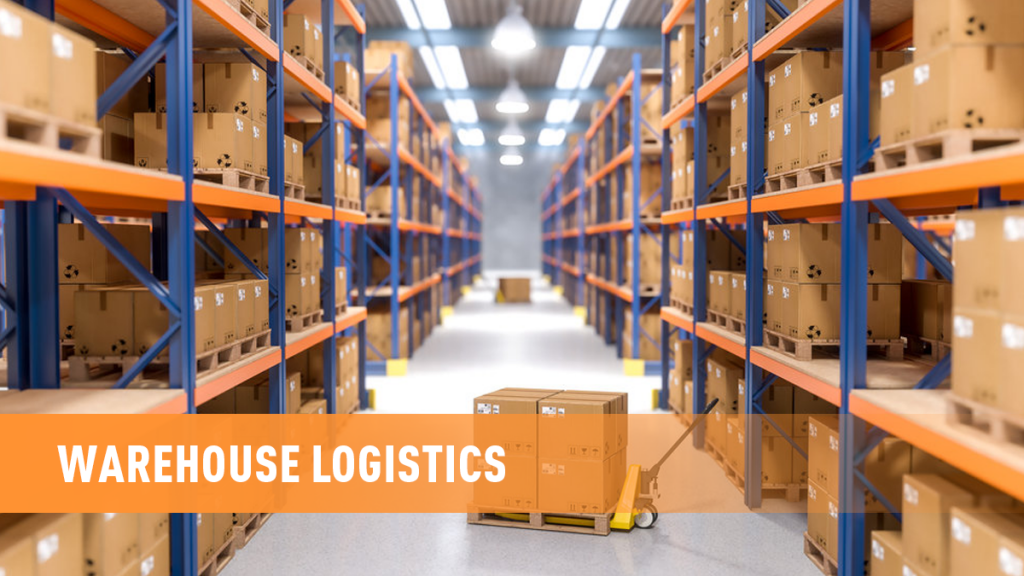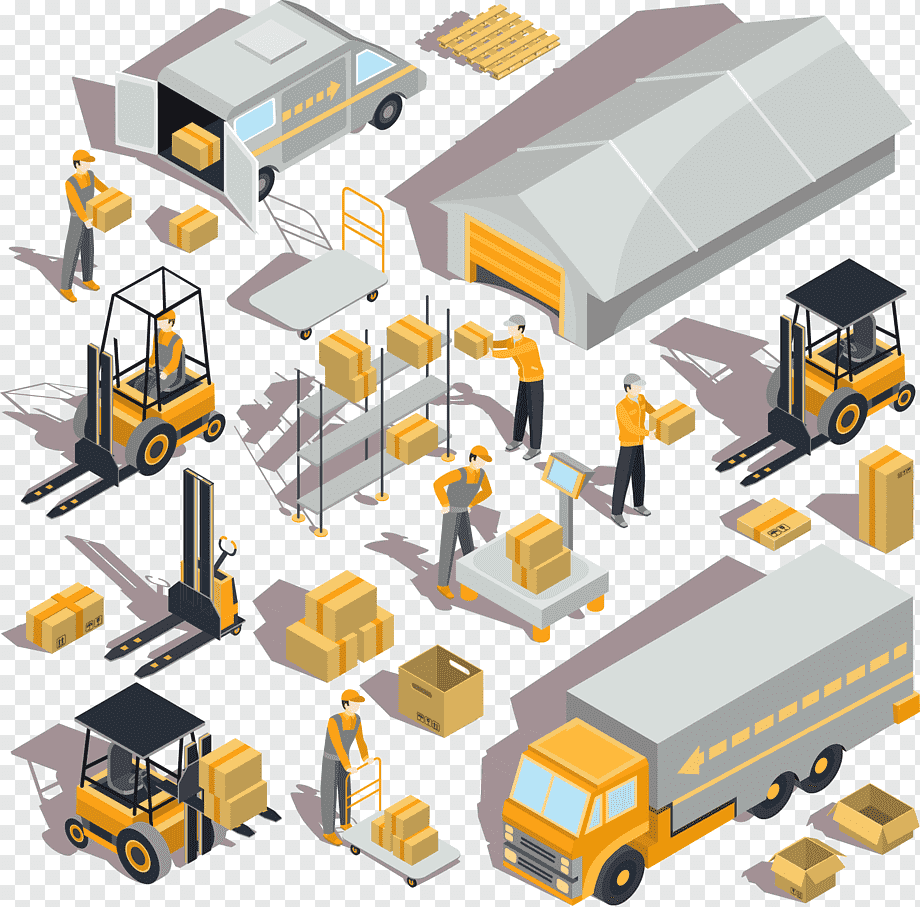Warehouse logistics is the process of planning, operating, and controlling the flow of goods in a warehouse to optimize costs and time and achieve other business goals. The warehouse is an important part of the supply chain and should be aligned with the broader organizational goals and the entire supply chain.
Before you start planning a new warehouse, it is always recommended to develop a feasible warehouse logistics plan. Without a plan that includes clear business goals and a road map to achieve those goals, it is impossible to estimate whether you can reach your goals.

Identify warehouse logistics requirements
If you need to determine the company’s warehouse requirements, you need to ask some questions before making a final decision, such as:
- Who are your customers?
- Where are they located?
- What is the order volume?
- What solution is currently adopted?
- What is the cost of the current solution?
- What is the delivery time of the current solution?
- Will the new warehouse save costs?
- What is the implementation timeline?
- How efficient is the operation of the new warehouse?
Thinking of these questions can help you clearly define implementation needs, requirements, benefits, and timelines. You need to estimate operating costs, including all the elements of the current warehouse logistics operation, the cost or time savings gained from the investment in the new warehouse, and the break-even point of the project.
This analysis may not prove the rationality of the dedicated warehouse. In this case, cooperation with a reliable third-party logistics operator may better meet your needs. The top third-party logistics providers have spent years perfecting their operations, allowing the company to use its expertise and achieve the best performance at the lowest cost compared to maintaining internal warehouses and logistics operations. Or, you can extend the life of your warehouse by implementing flexible automation solutions.
Find location
When you finally decide that you need a new warehouse, then you need to determine a suitable location. The questions you answered in the previous requirements gathering phase will come in handy here. Once you know the location of the customer, you can easily find the best warehouse location to serve the customer.
Remember, prioritize customers who can create greater profit margins for you. You can select warehouse locations based on your proximity to your best or long-term customers so that you can deliver to these customers faster than short-term or occasional customers. goods. Geographic Information System (GIS)-based tools can be used to determine the best location for the warehouse.

Another factor to consider is whether you want to use an existing warehouse to upgrade to a new warehouse or choose a new warehouse. These considerations boil down to your storage needs and costs. You should also work with the company’s financial department to determine the best solution from a financial perspective. Purchases, leases, and leases have different effects on the balance sheet, and the finance department is more capable of determining the factors that are most suitable for the company’s long-term financial situation. At the same time, your new storage requirements should not be affected. Achieving finance and goals at the same time is a delicate act of coordination, so it is necessary to maintain transparent and open communication between various departments.
Mapping warehouse
Mapping the warehouse is essential for determining subsequent deliveries and how to handle operations. Order picking activities are considered to be the most labour-intensive activities in the warehouse, accounting for as much as 55% of warehouse logistics operating costs, and mapping the warehouse can help simplify this basic business function. The warehouse mapping process includes:
- Evaluation space
- Marking space (including aisles, shelves, shelves, containers or garbage bins, etc.)
- Estimated traffic volume
- Implement the right shelf system
- Choose the best order pickup truck to meet warehouse requirements
- Implement inventory management software
Mapping the warehouse is a crucial step and should not be missed. Without a well-mapped warehouse, your logistics business will be chaotic, because there is no operational blueprint.